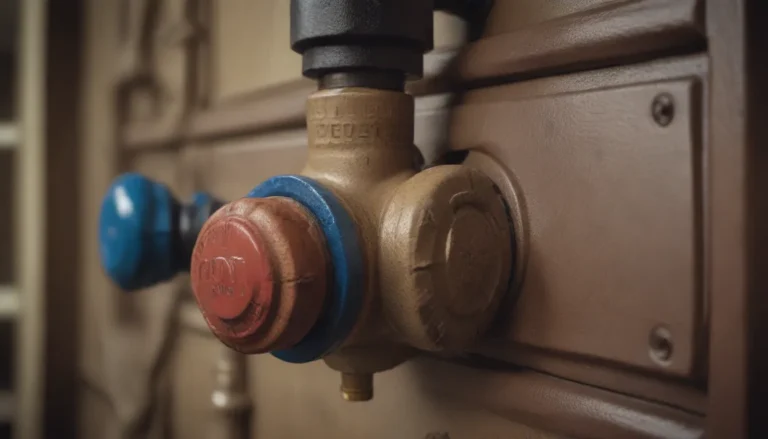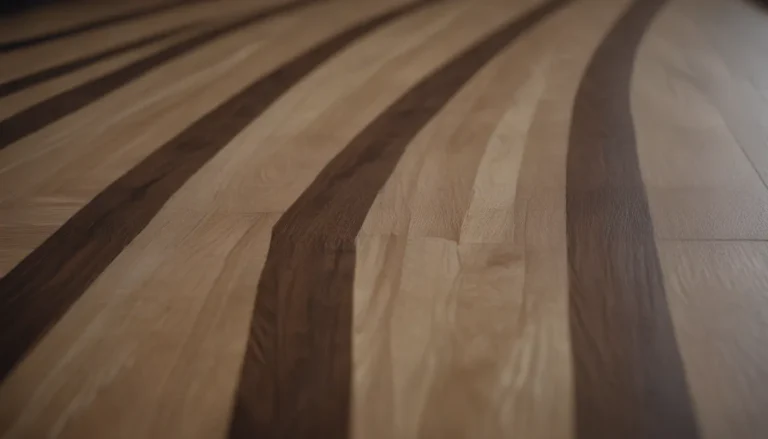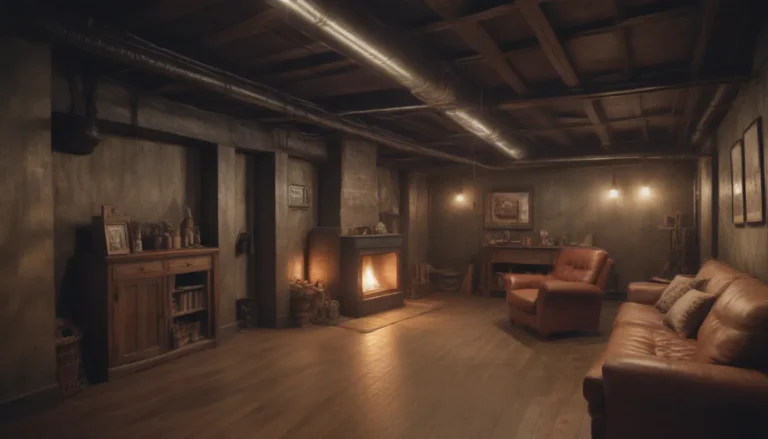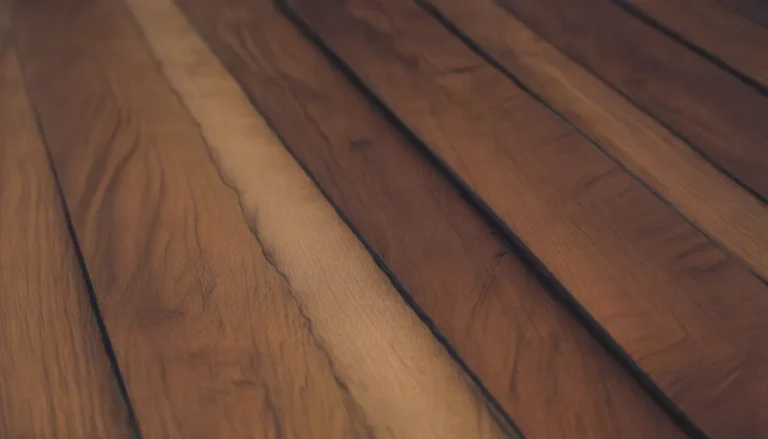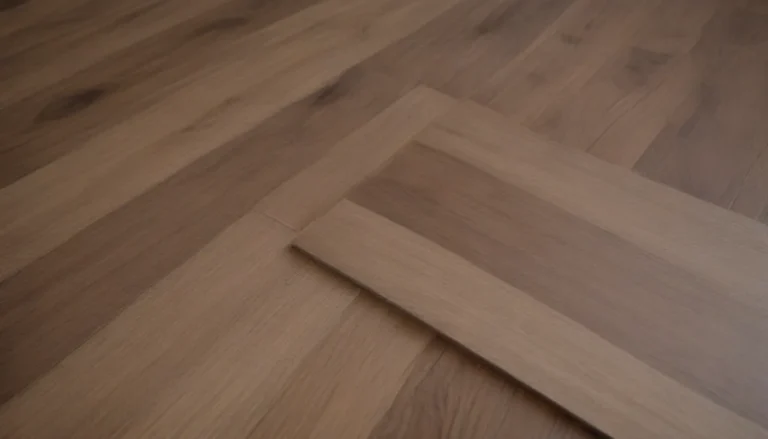Everything You Need to Know About Vinyl Fencing
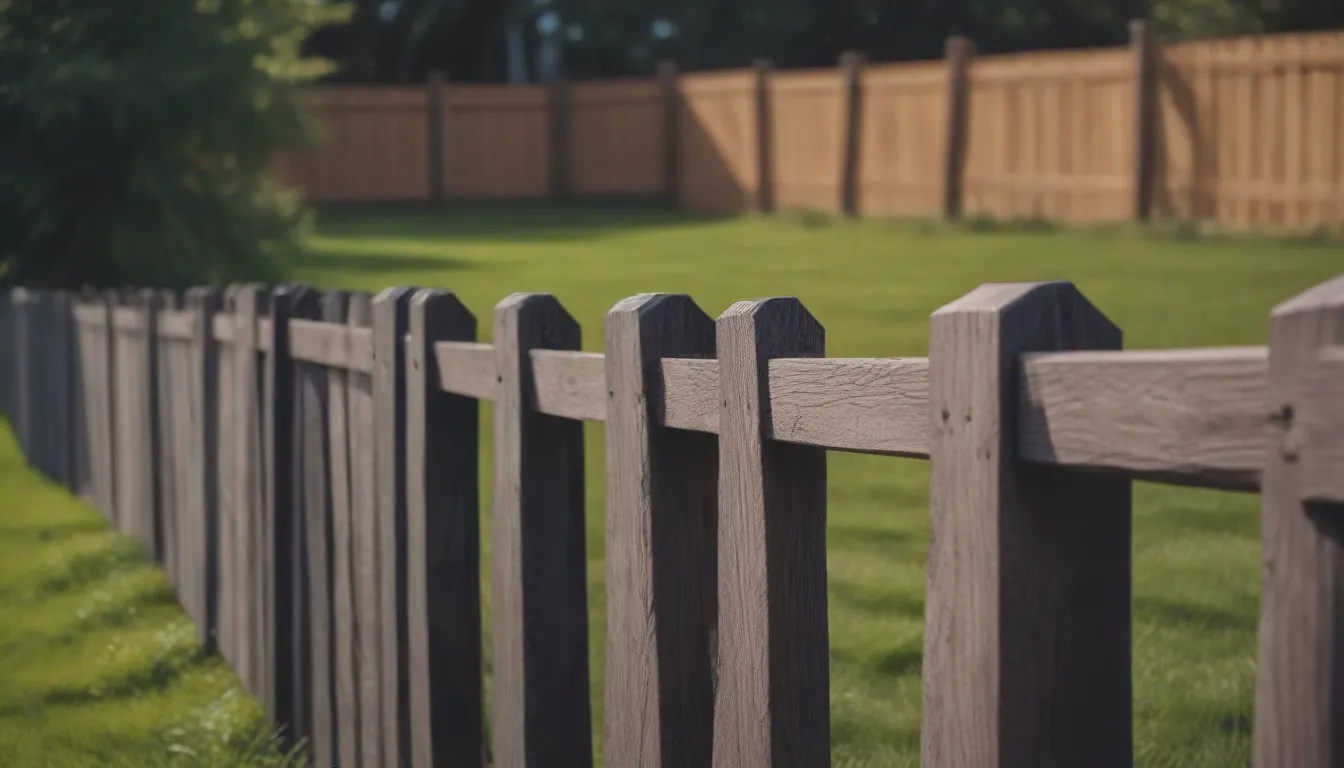
Are you tired of the constant maintenance that comes with a wood fence? Have you considered switching to a vinyl fence but want to weigh the pros and cons first? Look no further! In this comprehensive guide, we will discuss everything you need to know about vinyl fencing.
What is Vinyl Fencing?
Vinyl fencing is a plastic-based material made from polyvinyl chloride (PVC). It offers a low-maintenance alternative to traditional wood fencing, as it doesn’t crack or splinter like wood can. Vinyl fences come in a variety of colors and styles, from short picket fences to tall privacy fences, and can even be textured to resemble wood.
Pros of Vinyl Fencing:
- Low-maintenance
- Resembles traditional wood
- Doesn’t splinter or rot
- Easily cleaned
Cons of Vinyl Fencing:
- High initial costs
- Can be damaged by extreme weather
- Not a natural material
- Potential for staining from algae, mold, and mildew
Vinyl Fencing Cost
The cost of a vinyl fence can vary depending on factors such as size, height, and the current cost of materials. Labor costs will also play a role in the overall price. Additional features such as fence post caps, texturing, lattice effects, and gates can increase the cost as well. It’s important to invest in a thicker vinyl material to ensure a stable fence that requires minimal maintenance over time.
Maintenance and Repair
One of the major benefits of vinyl fencing is its low-maintenance nature. Unlike wood fences, vinyl fences do not require painting or staining, making them easy to care for. The nonporous surface of vinyl makes it easy to clean with just a hose. In the case of staining from algae, mold, or mildew, a simple water and dish soap solution should do the trick.
While repairs on a vinyl fence are not a common occurrence due to the material’s durability, they can be more challenging than with a wood fence. In some cases, you may need to replace an entire panel rather than just a single board or post.
Design Options
Vinyl fences come in a wide range of designs to suit your needs. From tall privacy fences to picket styles with various slat spacings, there is a design for every preference. Accent options such as lattice tops, scalloped tops, and decorative post caps can add a unique touch to your fence. Additionally, vinyl fencing is available in a variety of colors, from neutrals like white and tan to bolder choices like green and blue. Some styles even mimic other materials such as natural wood and stucco.
Vinyl Fence Installation
Installing a vinyl fence can be a DIY project for those with intermediate skills. However, it is essential to carefully follow the instructions provided with the kit. Short picket fences are easier to install than tall privacy fences, but both require proper alignment and anchoring. In some cases, it may be best to hire a professional fence company for taller installations to ensure a stable end result.
Before beginning the installation process, be sure to obtain any necessary permits and have utilities marked to avoid any issues. Mapping out the fence line and following the instructions closely will help to ensure a successful installation. Remember, there are no shortcuts when it comes to installing a vinyl fence, so take your time and do it right the first time.
In conclusion, vinyl fencing offers a durable, low-maintenance alternative to traditional wood fencing. While there are some upfront costs and considerations to keep in mind, many find that the benefits of vinyl fencing outweigh the drawbacks. Whether you’re looking for privacy, security, or simply a decorative accent for your yard, vinyl fencing provides a versatile and attractive option.
So, if you’re considering a switch to vinyl fencing, take the time to explore your options and find the perfect style for your home. Your future self will thank you for the hassle-free upkeep and long-lasting beauty that vinyl fencing can provide.

